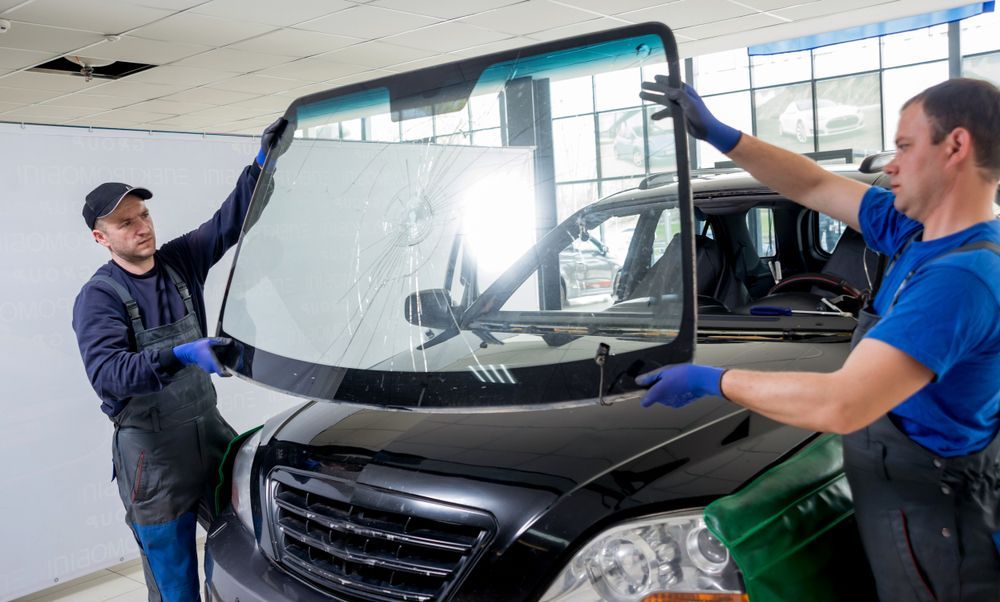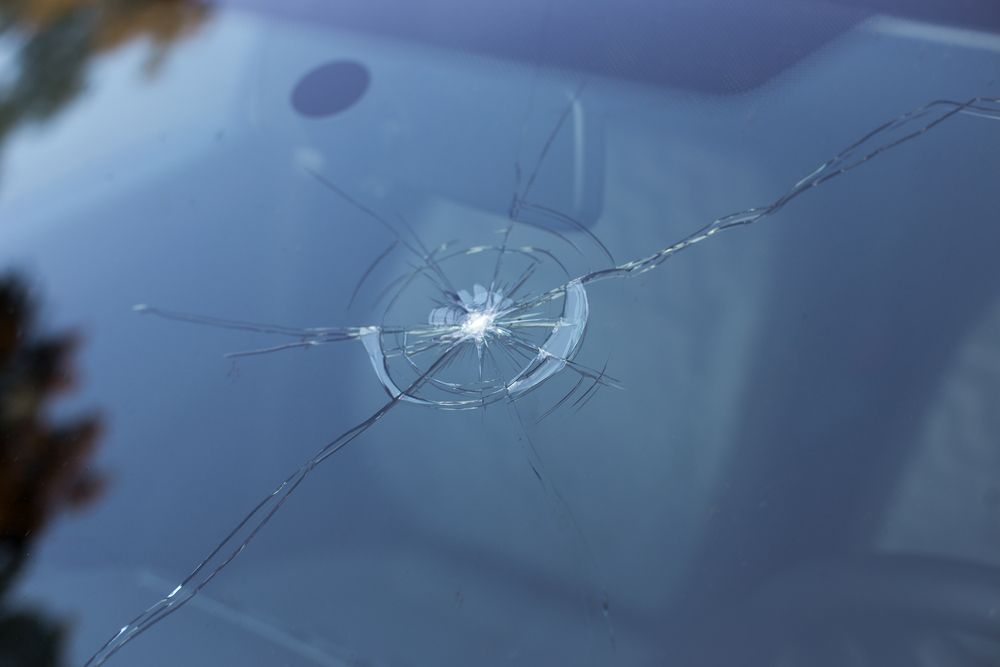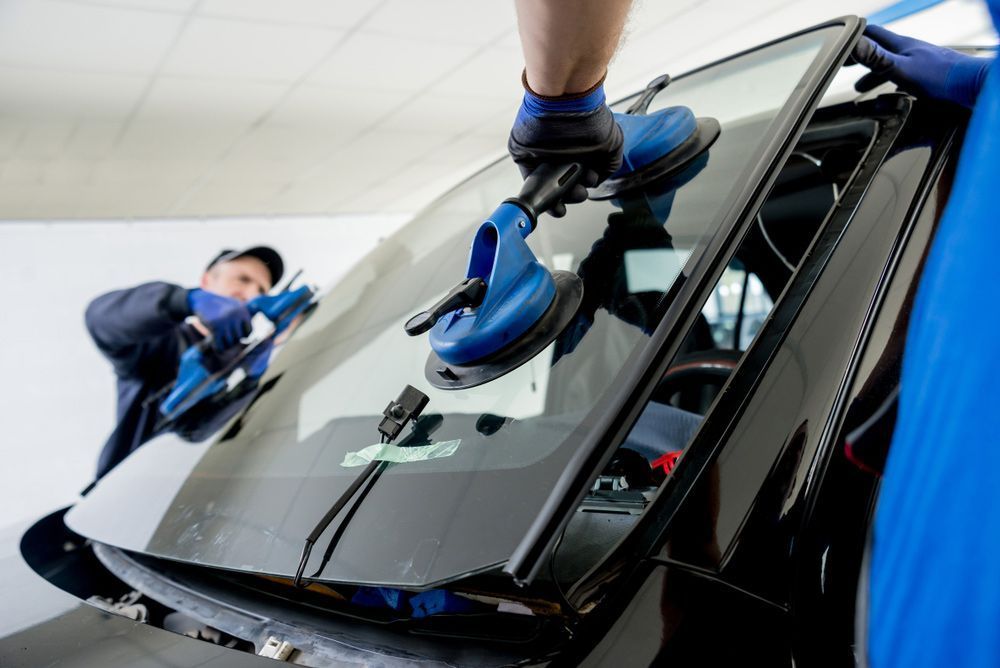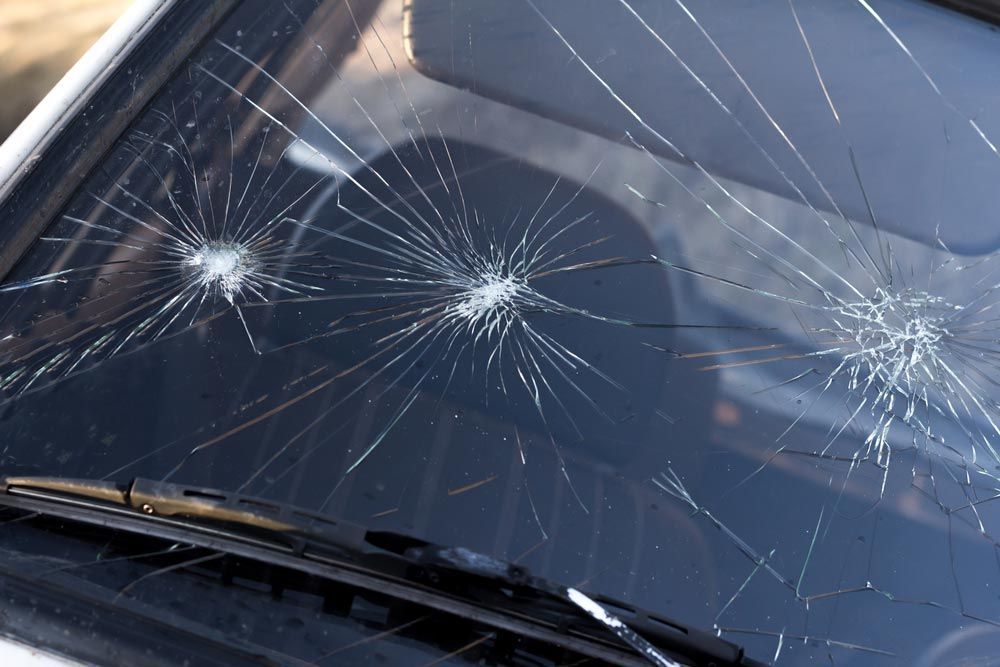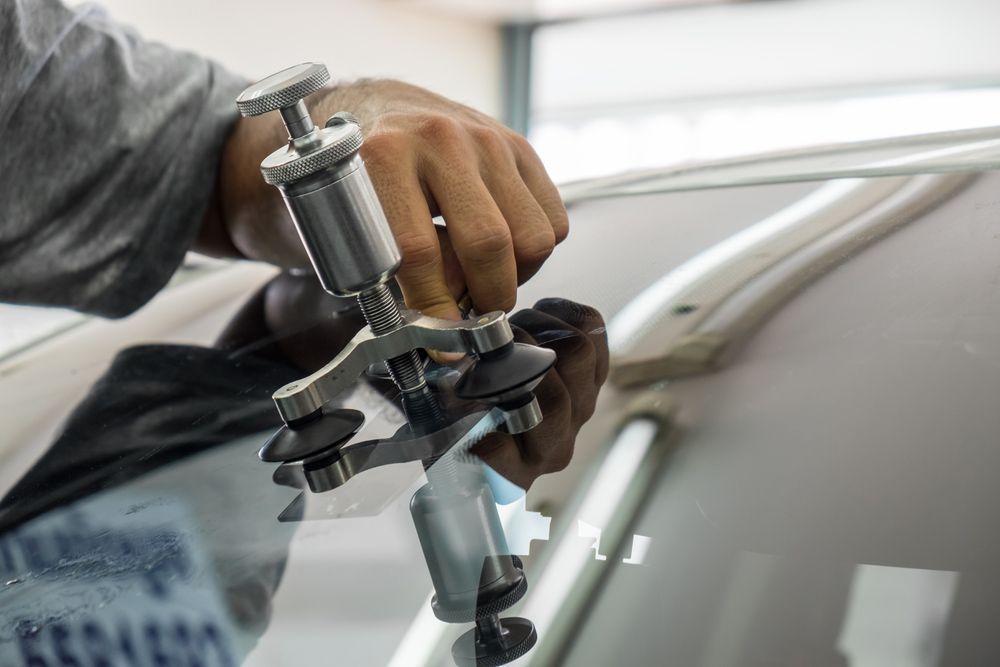How Truck and Bus Windscreens Differ from Car Windscreens
June 11, 2024
When it comes to vehicle maintenance, the windscreen often plays a crucial role in ensuring safety and visibility. But have you ever wondered how the windscreen of a truck or bus differs from that of a car? Let’s explore the key distinctions between these types of windscreens and why they matter.
Comparing Windscreens: Trucks, Buses and Cars
The differences between truck, bus and car windscreens go beyond just size. Here are some key factors that set them apart:
- Size and Shape: Truck and bus windscreens are generally larger and more expansive compared to car windscreens. This increase in size is necessary to cover the broader field of vision required for the safe operation of these larger vehicles.
- Thickness and Strength: The windscreens on trucks and buses are typically thicker and more robust than those on cars. This added thickness is crucial to withstand the rigours of long-distance travel and the higher likelihood of impact from road debris.
- Design and Style: Windscreens for trucks and buses are often designed with more significant curves and sometimes multiple panels to ensure they fit the vehicle's structure perfectly. This design consideration helps reduce glare and enhance the driver's field of view.
- Regulatory Requirements: The windscreens for commercial vehicles like trucks and buses should meet stricter safety regulations compared to car windscreens. This is due to the potential for higher passenger capacity and the increased risks associated with commercial transport.
- Cost Implications: Due to their larger size and enhanced features, windscreens for trucks and buses are generally more expensive than car windscreens. This is also reflective of the specialised nature of their installation and maintenance requirements.
Identifying the Right Windscreen for Your Vehicle Type
Choosing the correct windscreen for your vehicle is crucial for safety and functionality. The windscreen should match the make and model of your vehicle to ensure proper fit and performance. Also, pay attention to the regulatory standards. Ensure that the windscreen complies with the standards specific to your vehicle's category.
Consider the driving conditions. If your vehicle frequently travels on highways or rough terrain, a windscreen with enhanced durability and thickness is advisable. This helps mitigate the effects of debris and weather conditions. Consult a professional to find the best windscreen options tailored to your vehicle type and driving needs.
Consider the driving conditions. If your vehicle frequently travels on highways or rough terrain, a windscreen with enhanced durability and thickness is advisable. This helps mitigate the effects of debris and weather conditions. Consult a professional to find the best windscreen options tailored to your vehicle type and driving needs.
Need Bus or Truck Windscreen Replacement in Grafton?
At
Road Runner Windscreens, our team is well-equipped to handle the complexities of larger vehicles. Don’t let a cracked or damaged windscreen compromise your safety on the road.
Contact us for Grafton bus windscreen
repairs today and ensure your vehicle is in top condition.

